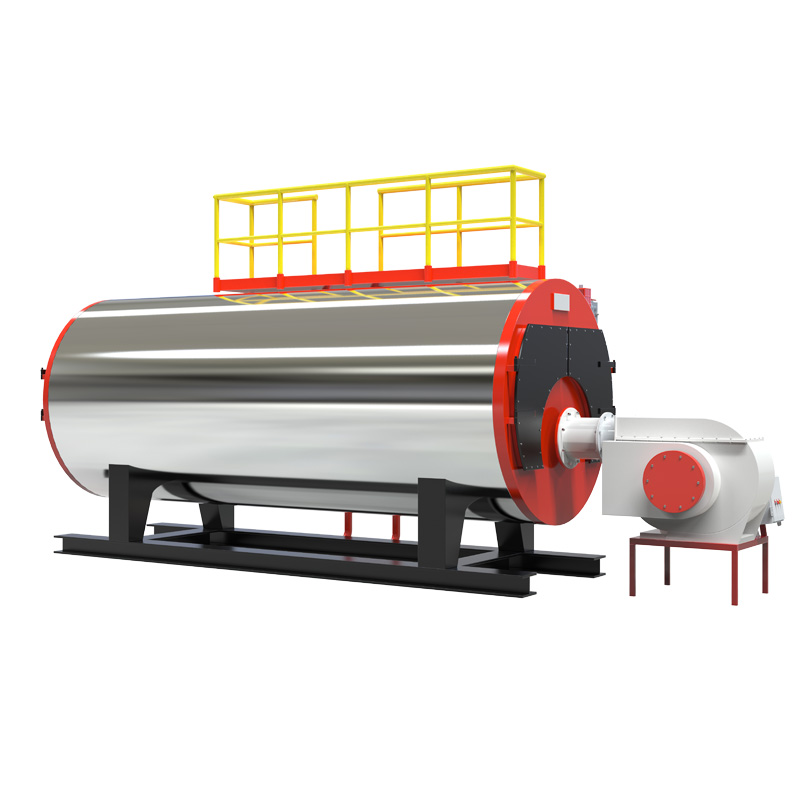
Nov . 19, 2024 19:27 Back to list
high pressure steam system
High Pressure Steam System An Overview
High pressure steam systems play a crucial role in a variety of industrial applications, serving as a vital component of energy generation, manufacturing processes, and heating systems. These systems utilize steam produced at pressures exceeding 15 psi, allowing for enhanced thermal efficiency and energy transfer. In this article, we will explore the components, applications, and benefits of high pressure steam systems, along with some safety considerations.
At the core of a high pressure steam system is the boiler, responsible for converting water into steam through the application of heat. The design of the boiler is critical, as it must withstand the elevated pressures and temperatures involved. Common types of boilers used in high pressure applications include fire-tube, water-tube, and electric boilers. Each type has its advantages fire-tube boilers are often less expensive and simpler to operate, while water-tube boilers typically handle higher pressures and provide better thermal efficiency.
Once steam is generated, it travels through a network of pipes to various points of use. High pressure steam is commonly harnessed to drive turbines for electricity generation, providing a significant portion of the world's energy needs. In manufacturing settings, steam is utilized for heating, sterilization, and as a means of providing mechanical power. In the food and beverage industry, for instance, steam plays an important role in cooking processes and maintaining hygiene standards through effective sterilization.
high pressure steam system

The benefits of high pressure steam systems are numerous. One of the most significant advantages is their ability to transport energy efficiently over long distances. Because steam can carry a large amount of thermal energy, the system can operate with a reduced volume of water, further enhancing efficiency. Additionally, high pressure steam systems can be used to recover waste heat, contributing to a more sustainable and economically viable operation.
However, with the benefits come inherent risks. High pressure steam systems operate under extreme conditions, where the potential for failure can lead to critical safety hazards. Therefore, stringent safety measures must be followed, including regular maintenance, monitoring system performance, and adherence to safety protocols. Operators should be trained in emergency response and have a thorough understanding of the system’s components and potential failure points.
In conclusion, high pressure steam systems are an integral part of various industries, delivering efficient energy solutions and supporting essential manufacturing processes. Their ability to generate and transport energy efficiently makes them invaluable in today’s industrial landscape. However, the importance of safety and proper maintenance cannot be understated. As technology advances, ongoing research and development will further optimize these systems, improving efficiency and safety while reducing environmental impact. By continuing to innovate and adhere to safety regulations, industries can harness the full potential of high pressure steam systems, paving the way for a more efficient and sustainable future.
-
Oil Fired Hot Water Boilers Sale - High Efficiency & Affordable
NewsJul.31,2025
-
High-Efficiency Commercial Oil Fired Steam Boiler for Industry
NewsJul.30,2025
-
High-Efficiency Biomass Fired Thermal Oil Boiler Solutions
NewsJul.30,2025
-
High Efficiency Gas Fired Thermal Oil Boiler for Industrial Heating
NewsJul.29,2025
-
High-Efficiency Gas Fired Hot Water Boiler for Sale – Reliable & Affordable
NewsJul.29,2025
-
High Efficiency Biomass Fired Hot Water Boiler for Industrial and Commercial Use
NewsJul.29,2025
Related PRODUCTS






















